Optimal Timing for Waterproofing Projects
Proper timing for waterproofing projects ensures optimal effectiveness and longevity. Weather conditions, temperature, and moisture levels play a crucial role in determining the ideal period for application. Typically, dry and mild conditions facilitate better adhesion and curing of waterproofing materials.
Spring offers moderate temperatures and lower humidity, making it suitable for waterproofing projects before heavy rainfall begins.
Warm and dry summer months are ideal, provided there is no excessive heat that can cause rapid drying or cracking.
Early fall provides cooler temperatures and less moisture, which are beneficial for effective waterproofing before winter.
Winter is generally unsuitable due to freezing temperatures and snow, which hinder proper application and curing.

Ways to make Waterproofings work in tight or awkward layouts.
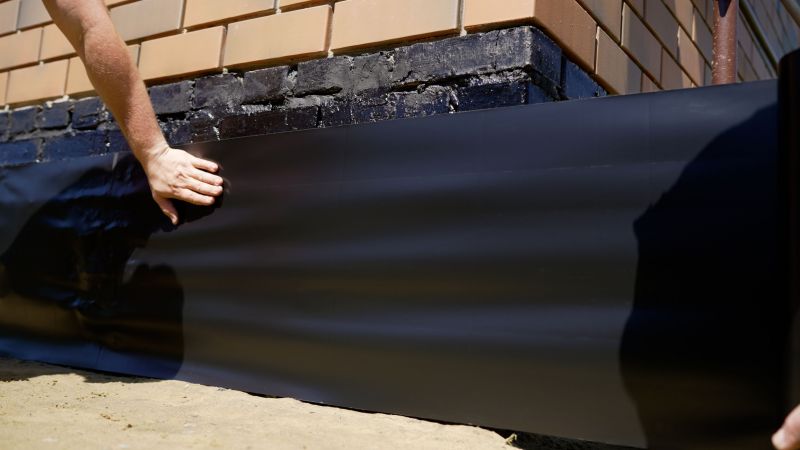
Popular materials for Waterproofings and why they hold up over time.
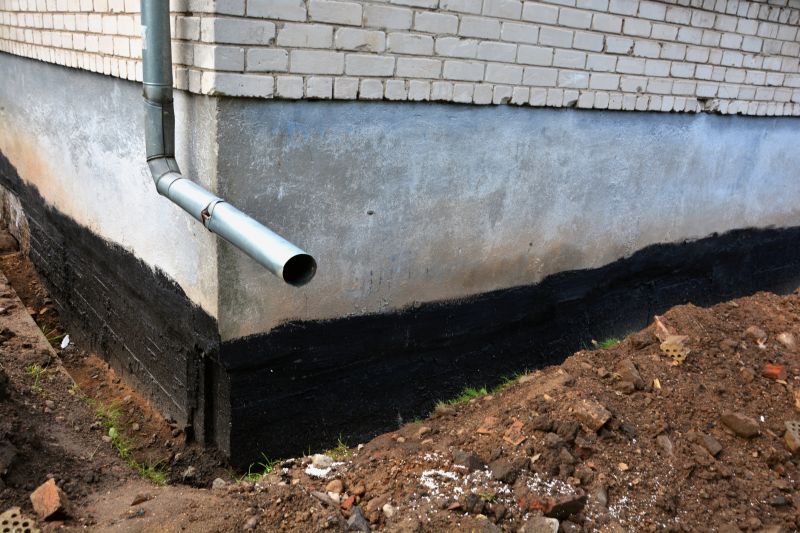
Simple add-ons that improve Waterproofings without blowing the budget.
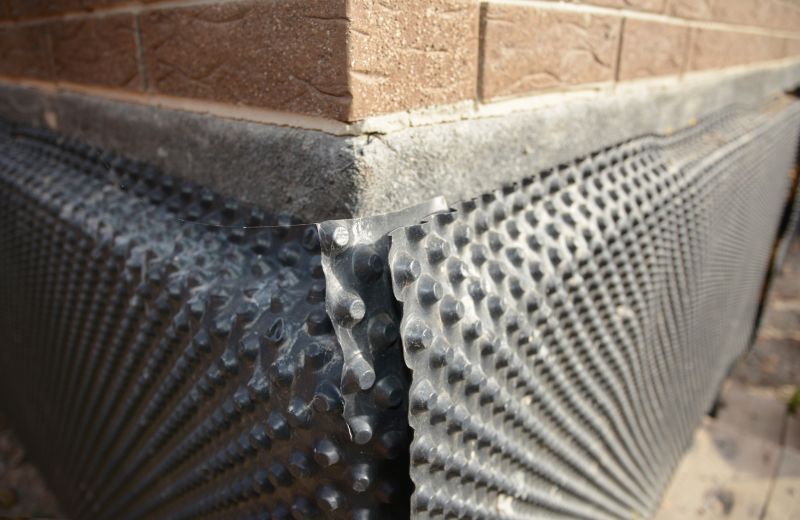
High-end options that actually feel worth it for Waterproofings.
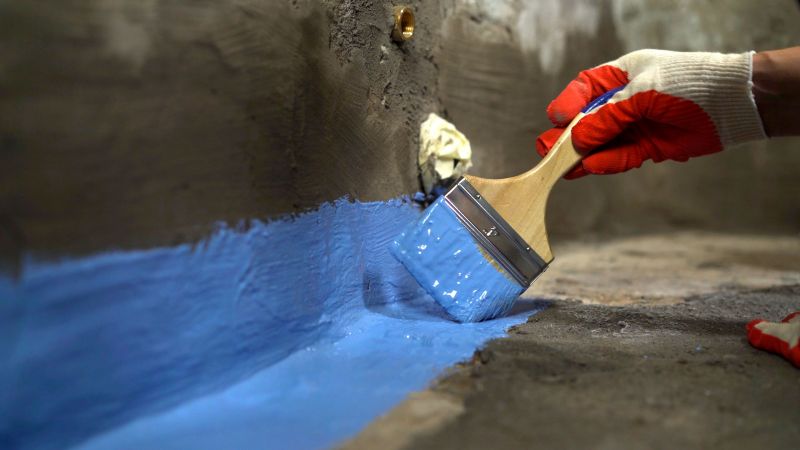
Finishes and colors that play nicely with Waterproofings.
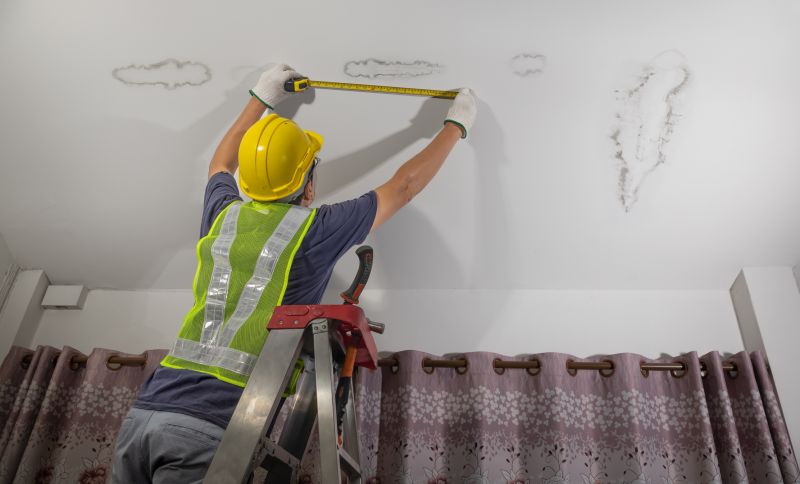
Little measurements that prevent headaches on Waterproofings day.
| Season | Ideal Conditions |
|---|---|
| Spring | Moderate temperatures and low humidity |
| Summer | Warm and dry weather |
| Fall | Cool temperatures and less moisture |
| Winter | Freezing temperatures and snow |
Waterproofings are essential for protecting structures from water intrusion, which can lead to structural damage, mold growth, and decreased durability. Properly applied waterproofing membranes and coatings create a barrier that prevents water penetration, especially in areas prone to moisture exposure. Statistics indicate that effective waterproofing can extend the lifespan of a building's foundation by decades and reduce maintenance costs over time.
Advancements in waterproofing technologies include flexible membranes, liquid coatings, and self-adhering systems that adapt to movement and settlement. The choice of waterproofing method depends on the specific application, environmental conditions, and structure type. Regular inspections and timely application of waterproofing measures are vital for ongoing protection and performance.
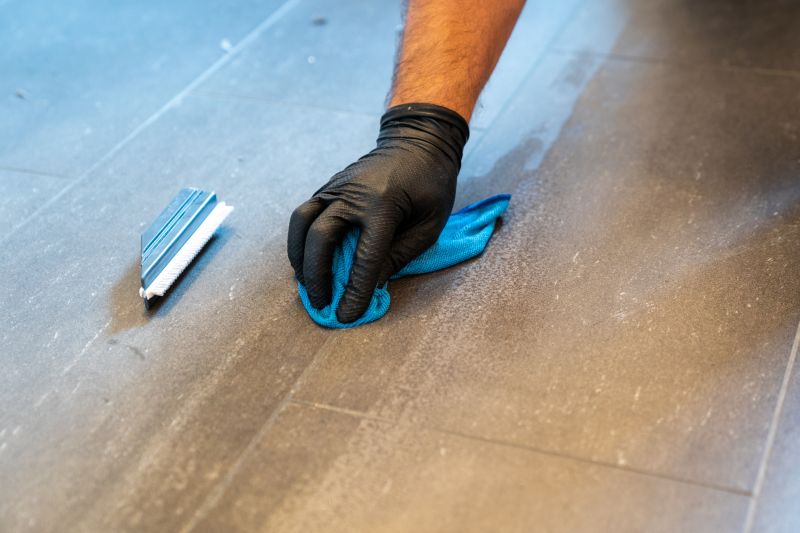
A 60-second routine that keeps Waterproofings looking new.
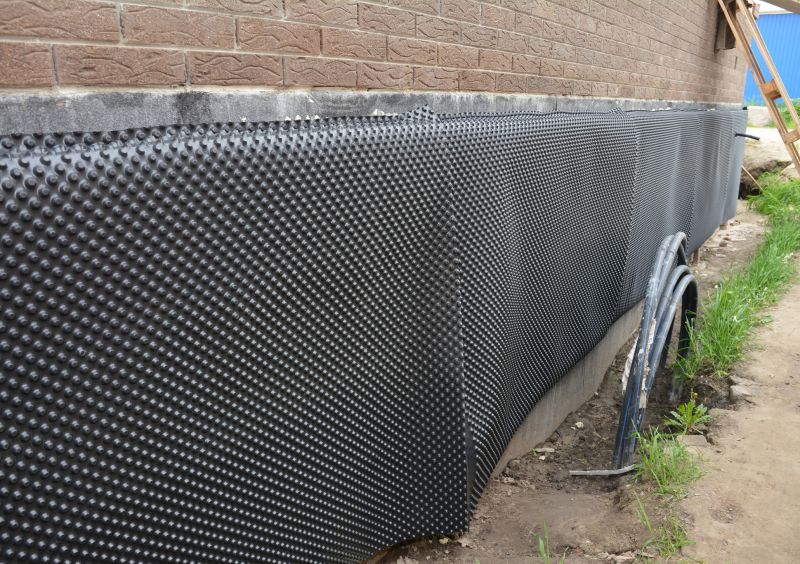
A frequent mistake in Waterproofings and how to dodge it.
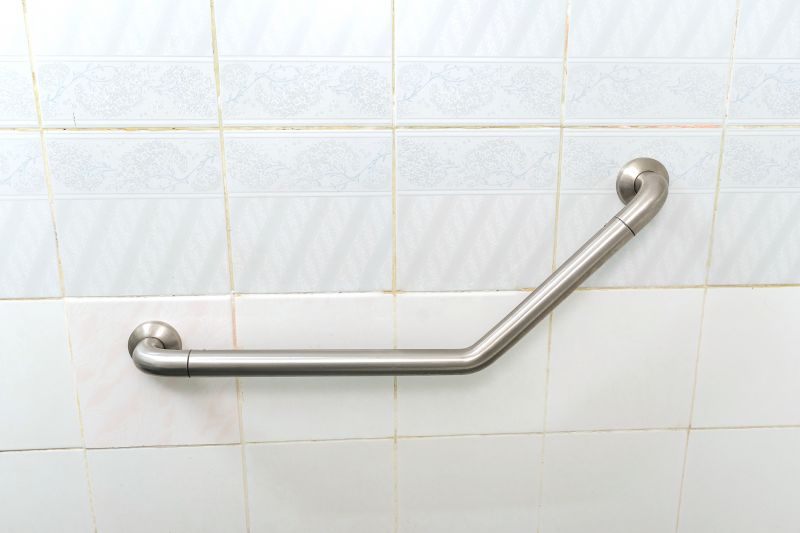
Small tweaks to make Waterproofings safer and easier to use.
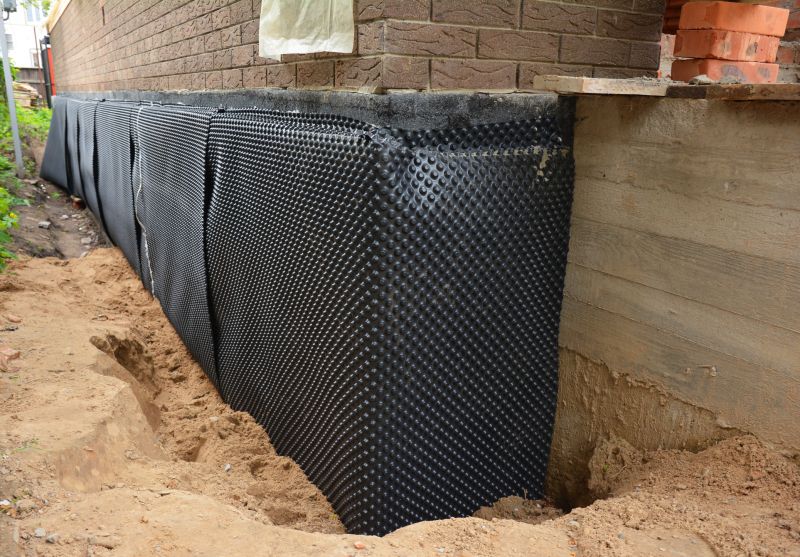
Lower-waste or water-saving choices for Waterproofings.
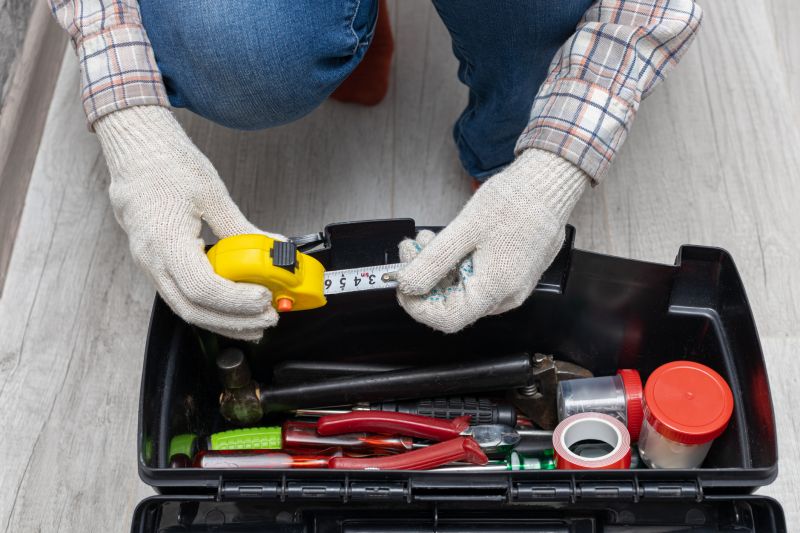
The short, realistic tool list for quality Waterproofings.
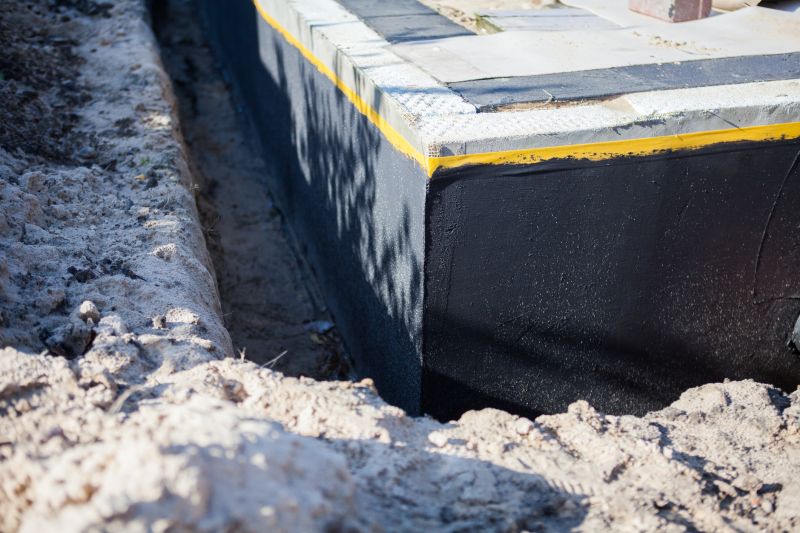
Rough timing from prep to clean-up for Waterproofings.
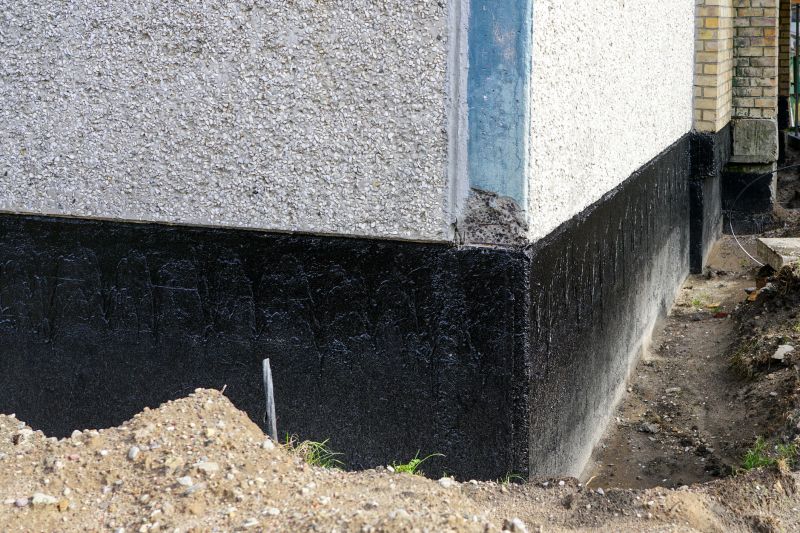
Quick checks and paperwork to keep after Waterproofings.
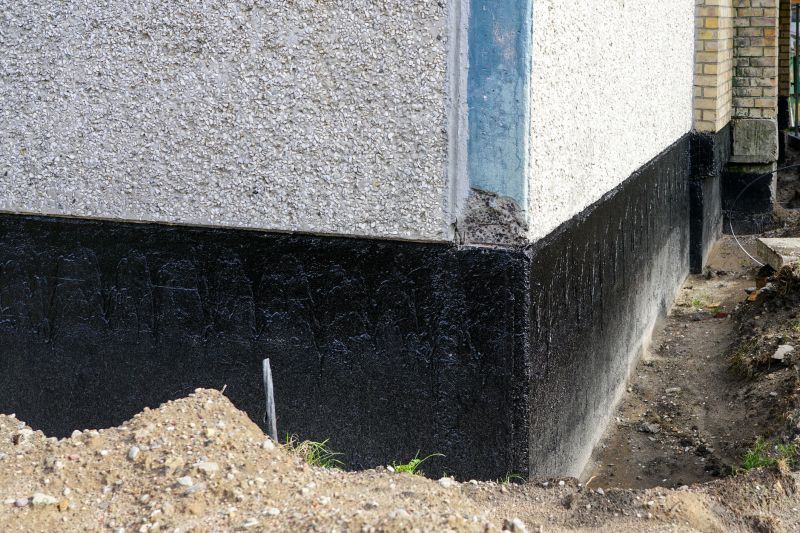
Examples that show the impact a good Waterproofings can make.
Interested in waterproofing services? Contact for more information and to discuss options tailored to specific structural needs. Proper timing and application are key to ensuring long-lasting protection against water damage.

